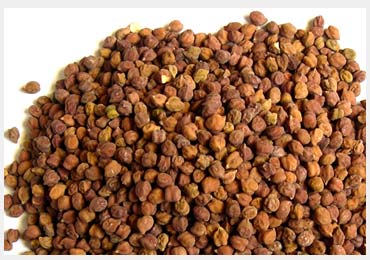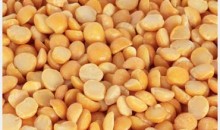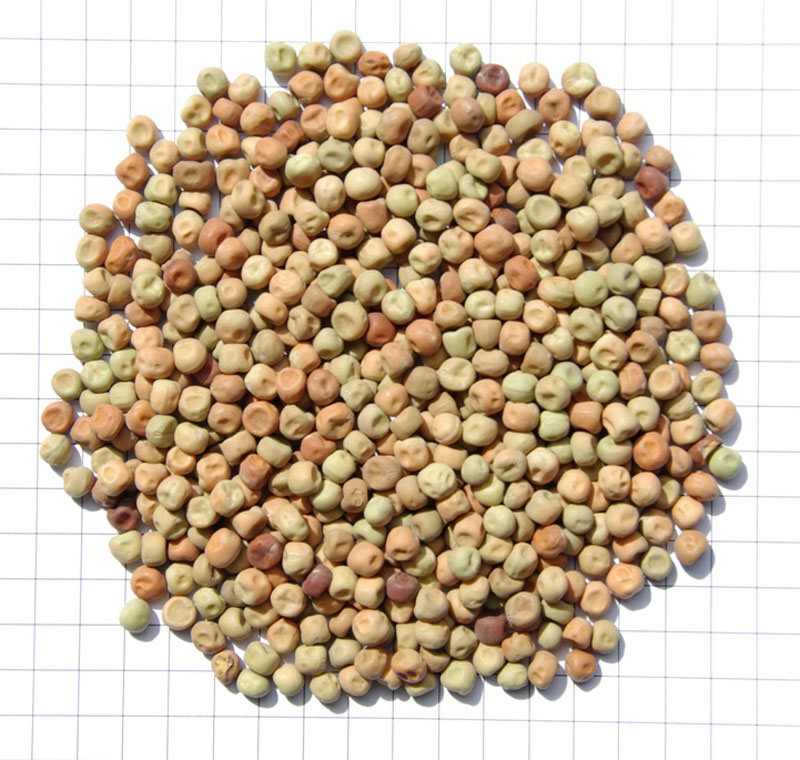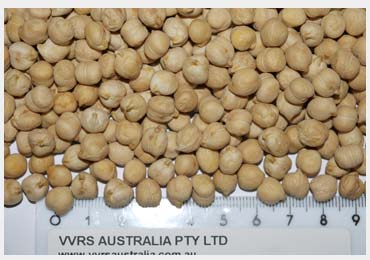
There are two groups of Chickpea – Desi and Kabuli, mainly distinguished by seed size, shape and colour.
They also have different growth requirements, markets and end-users;
- Desi types have small angular seeds weighing about 120 mg, are wrinkled at the beak and range in colour from brown, light brown, fawn, yellow, orange, black or green. They are normally dehulled and split to obtain dhal and are favoured in India.
- Kabuli have large, rounder seeds, weighing about 400mg. They are white to cream coloured and are almost exclusively used whole. They are preferred through the Mediterranean region.
Yields are best in areas with reliable seasonal rainfall and mild spring conditions during seed filling. They are well suited to well-drained, non-acidic soils of a medium to heavy texture.
Nutritional Information
Chickpeas are a very good source of carbohydrates and proteins which altogether constitute about 80% of the total dry seed weight. Starch, which is the principal carbohydrate component, varies in content from 41-50% and is lower in Desi varieties than in Kabuli varieties. Total seed carbohydrates vary from 52-71%. The crude protein content of chickpea varieties ranges from 16-24%. Crude fibre, an important constituent of chickpeas is mostly located within the seed coat.
Based on amino acid composition, the proteins of chickpea seed were found, on average, to be of higher nutritive value than those of other grain legumes. Chickpeas meet adult human requirements for all essential amino acids except methionine and cysteine, and have a low level of tryptophan. Chickpeas have a high protein digestibility and are richer in phosphorus and calcium than other pulses.
Similar Products

Pigeon
Yellow & Split

Dun Peas


